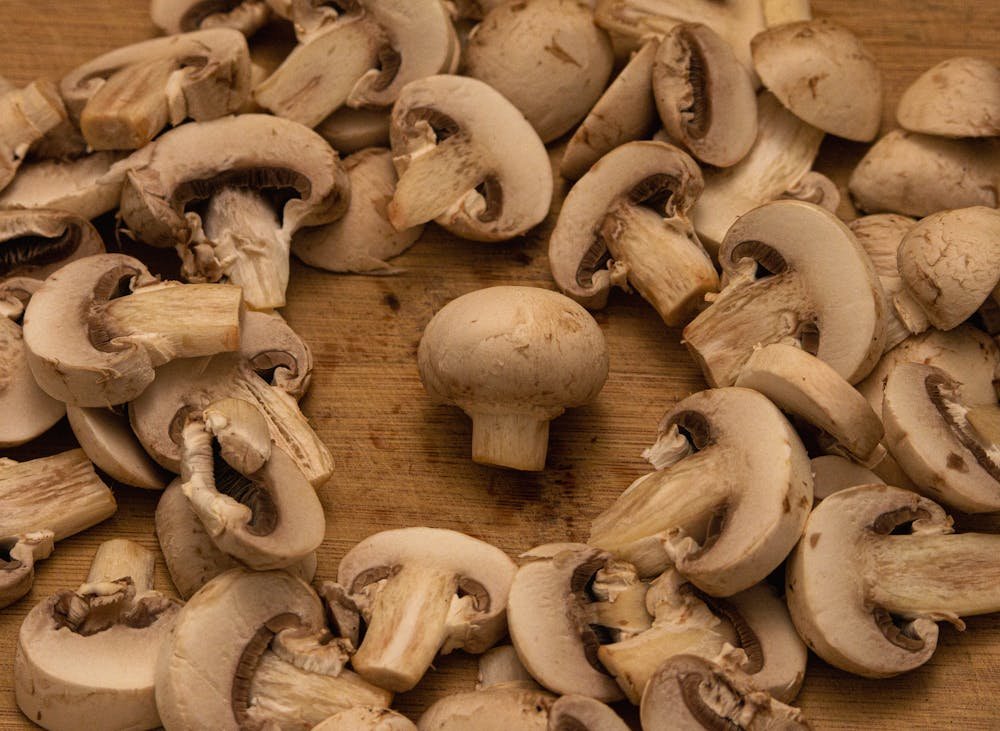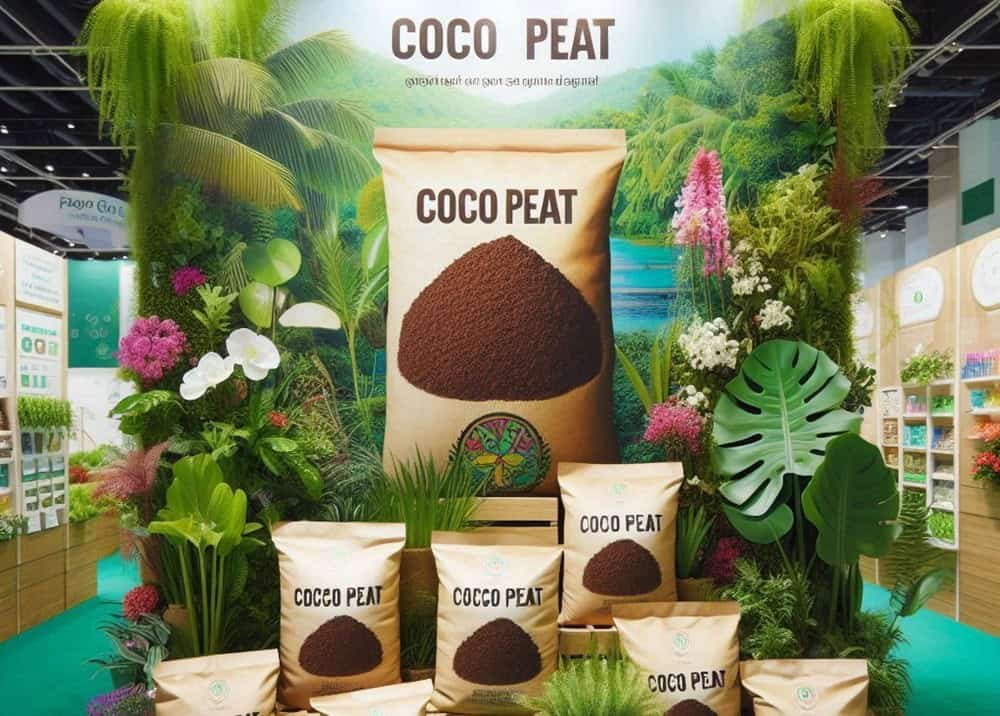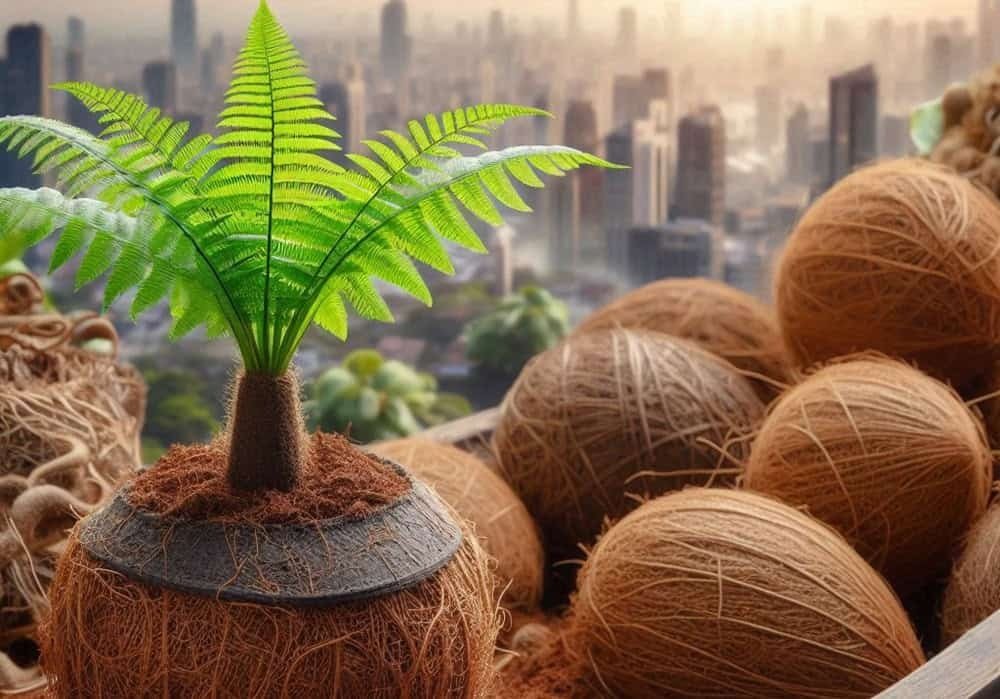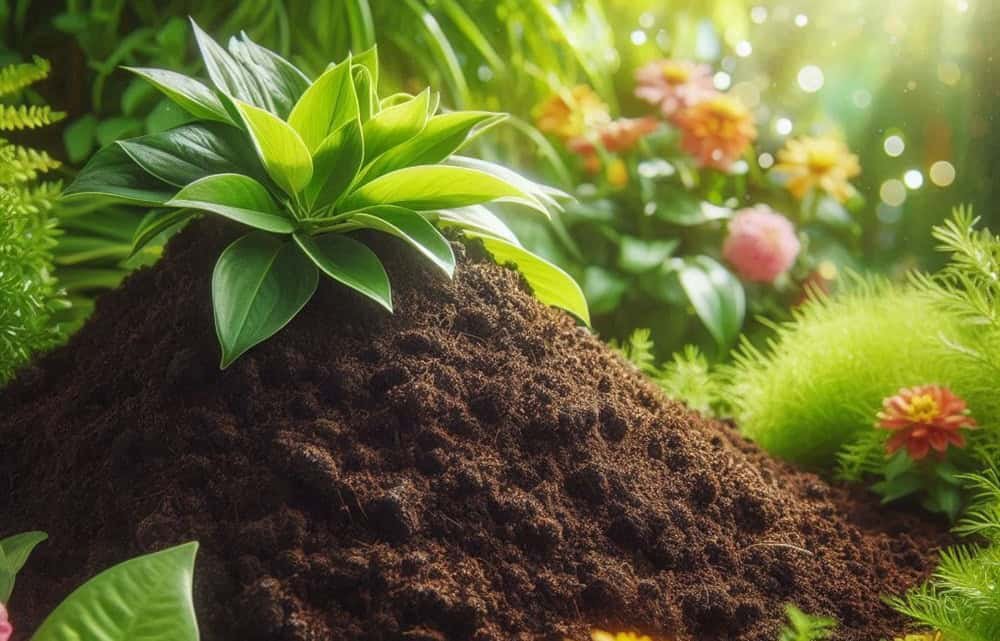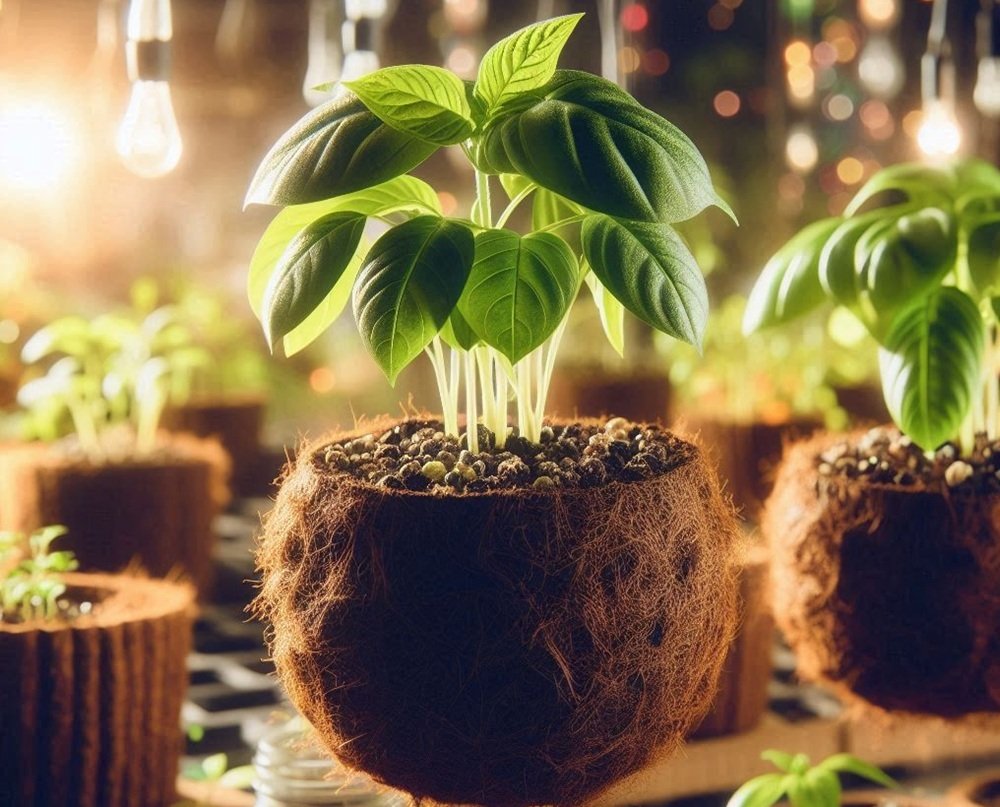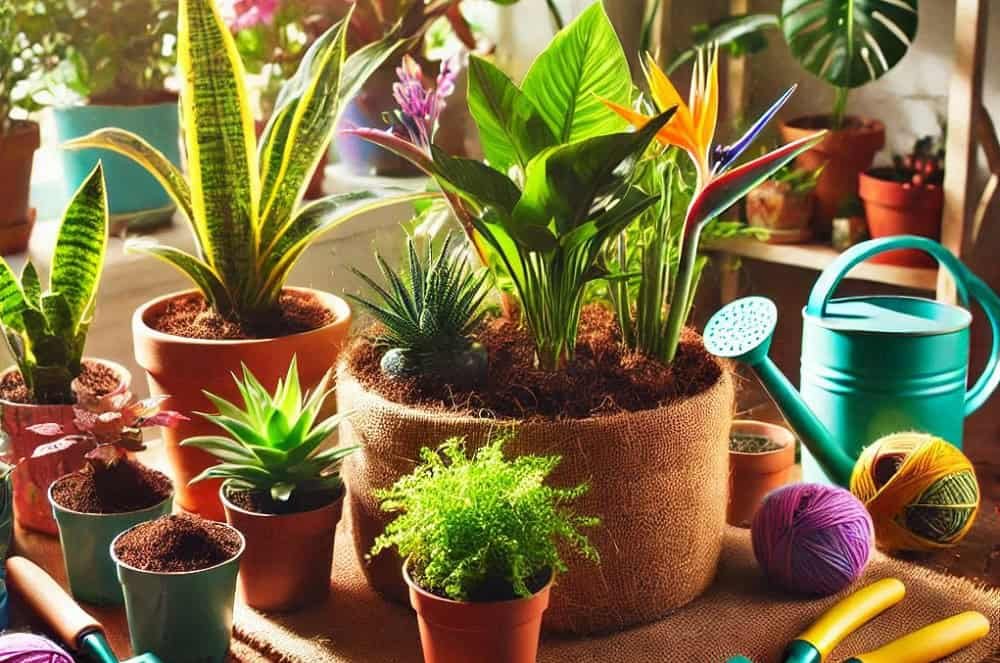Looking for coco coir for mushroom cultivation guide?
Whether you love gardening or are planning on commercial mushroom cultivation, one core ingredient that can help you achieve your goal is coco coir. If you want to know how coco coir can be a great option for mushroom cultivation, then stick to this guide for useful tips. Before we get started, there’s one interesting fact about mushroom cultivation that some people might not be aware of: due to its lower space requirement and lower investment cost, it can result in significant profits for commercial purposes. Before diving into the topics, let’s first have a look at what coco coir is.
What is Coco Coir?
Coco coir is a by-product of coconuts and is often available in the market in the form of coco coir bricks. To use coco coir for gardening, follow these steps. The first of which is hydrating these blocks. The process is simple; all you need to do is soak the coconut coir bricks in a large container with lukewarm water to allow them to expand.
The bricks are all allowed to be soaked until they take the appearance of soil. Coco coir is a perfect alternative to traditional peat moss and has extensive uses in agriculture, hydroponic systems, and indoor and outdoor plantations. Coco coir can be brought into use for houseplants and ensures healthy root growth with its water-retention properties.
Why Use Coco Coir in Mushroom Cultivation?
Here’s why you should use coco coir in mushroom cultivation;
Benefits
- For better mushroom growth, it is important to use a growing medium that allows good air exchange. In doing so, coco coir can be a great option as it possesses great air absorption properties, which help in better mushroom growth.
- One important part of the cultivation of mushrooms is the development of mycelium. To promote this development, the substrate should maintain moisture. For doing so, coco coir can be ideal as it has good moisture retention properties.
- The most preferred growing medium for mushrooms should have pH values between 6 to 6.5, which is very similar to that of coco coir.
- For healthy mycelium development, the growing medium should have high contents of carbon content to provide a nurturing environment. And this can be possible by using coco coir as it has high contents of carbon content.
- Coco coir is ideal for mushroom cultivation because of its low maintenance requirements. It does not require frequent maintenance and can serve for years.
- Another benefit of using coco coir as a substrate for mushroom cultivation is its property of being chemically inert. It does not interfere with the development of mycelium.
- Coco coir is comparatively a safe environment to use for mushroom cultivation, as it is processed, washed, and sterilized before being sold in the market.
- Nutrient Control Supply: An accurate supply of essential nutrients can increase the yields and improve the quality of the mushrooms.
Comparison with other substrates
- Coco Coir Vs Soil:
If we compare the water retention properties of the two growing medium, it can be stated that coco coir has better water retention properties. It can retain moisture, which is essential for optimal mushroom cultivation.
However, if we talk about the nutritional contents of the two, the soil has relatively more nutrients available that are required for plant growth. Whereas, coco coir does not have any nutritional value, and supplements are required to add nutritional value to it.
If we talk about the environmental impact of the two media, coco coir is more environmentally friendly and is sustainable.
- Coco Coir Vs Peat Moss:
If we compare the applications of coco coir and peat moss, it can be clearly stated that each of the growing media has its benefits, which include good water retention as well as great air exchange capabilities. What makes them different is the usage and production. Peat moss takes years to develop and is not considered a sustainable option where whereas coco coir is eco-friendly, sustainable, and can serve for many years without requiring maintenance.
On the other hand, if we compare the pH values of the two. Peat moss is slightly acidic, which is favorable for growing acid-loving plants. Whereas, coco coir is neutral and can transfer the nutrients to the plant roots to support better root growth.
Preparing Coco Coir for Mushrooms
The following steps are performed to make coco coir for mushrooms;
- The first step in this process is to hydrate and break the coco coir bricks.
- Coco coir bricks are allowed to soak in a large container with lukewarm water.
- The final step in this process is to fluff the coco coir, such that when it is squeezed, it should leave a few drops of water. It is important to ensure that the coco coir is damp and not wet.
- Pasteurization Vs Sterilization
In order to pasteurize coco coir and eliminate the risk of any potential contaminants, coco coir is soaked in hot water and allowed to be soaked into it for about 20-30 minutes. This not only hydrates the coco coir bricks but also pasteurizes them.
Sterilizing the coco coir is an optional step, although after soaking it in hot water, it is fully pasteurized and there are very less chances of contamination, but for further protection, in some cases, sterilization of coco coir is also done. To do so, coco coir is supposed to be baked in the oven or a pressure cooker to completely sterilize it.
- Mixing with Vermiculite
As discussed earlier, coco coir itself does not contain any nutrients, and supplements are supposed to be added to it to make up its nutritional profile. For doing so, vermiculite and gypsum are added to it. Vermiculite is added to it as it allows better aeration where whereas gypsum serves as a calcium supplement. In most cases, the mixing takes place in a ratio where 25% vermiculite and 25% gypsum are added to 50% coco coir. But this ratio can be altered as per the needs and type of mushroom species.
Common Mistakes to Avoid:
- Contamination
Contamination is a common problem that needs to be taken into account for mushroom cultivation. To make sure no contamination takes place, it is recommended to use coco coir that is fully pasteurized and sterilized.
- Moisture level
Mushrooms require a certain amount of moisture for better growth, if the moisture level is too high or too low, it may affect mushroom growth. Therefore, moisture levels should be carefully controlled.
- pH Values
Mushroom requires a neutral pH substrate for growth. It should be taken into account that coco coir is neutral, and if it is slightly acidic, then necessary amendments should be carried out to neutralize its pH value.
- Aeration and Nutritional Contents
To avoid poor aeration, vermiculite should be added to the coco coir. Likewise, coco coir has no nutritional profile of its own, but mushrooms require certain nutrients to support their growth. To do so, gypsum should be added to compensate for the calcium supplementation.
- Proper Spacing
Mushrooms require adequate spacing for better growth, therefore, overcrowding should be avoided, and proper spacing between the species should be maintained.
Final Thoughts
If you want to increase your mushroom cultivation, it is advisable to use a substrate that is inexpensive and readily available. And coco coir ticks all these boxes, all you need to do is take care of certain steps and ensure coco coir is safe, clean, and good to use. Coco coir is a budget-friendly, eco-friendly, and sustainable substrate for mushroom cultivation.
If you want to avail high-quality coco coir at a market-competitive price, then visit Earth Scape website for further information.
FAQs
- What is coco coir?
Coco coir is obtained from the husk of coconut shells. It is a by product of the coconut and can be suitable for growing mushrooms.
- What is added to coco coir to make it suitable for mushroom cultivation?
Vermiculite and gypsum for better aeration and calcium supplementation.
- What pH levels are suitable for mushroom cultivation?
Neutral pH values of the substrate are favorable for the mushroom cultivation.
- Is the sterilization of coco coir necessary for mushroom cultivation?
It is an optional step to ensure that contaminants are not present, which may hinder mushroom growth.
- Which property of coco coir supports mycelium development?
The water retention capability of coco coir supports mycelium development.
- Why is coco coir a preferable substrate for mushroom cultivation?
Coco coir is naturally resistant to contaminants, making it suitable for mushroom cultivation.

